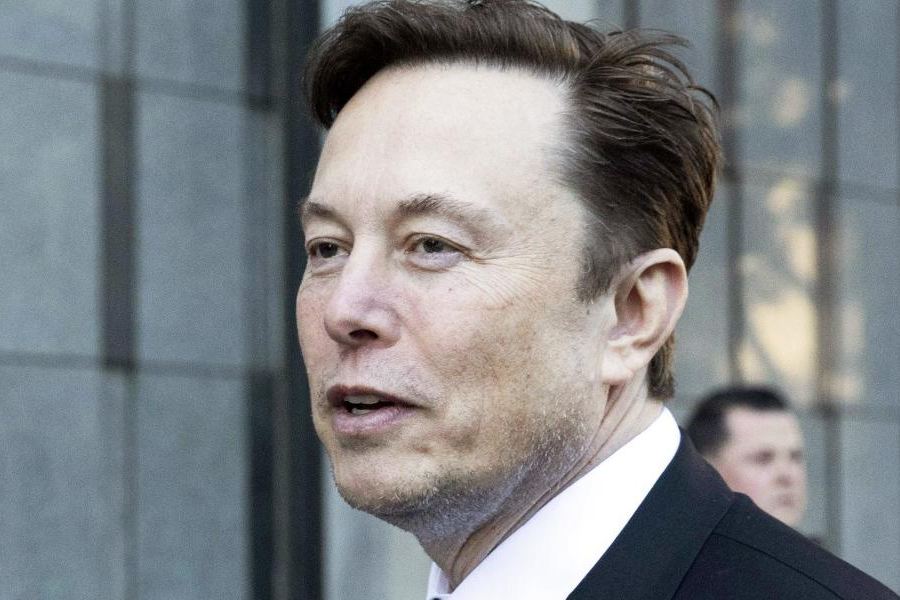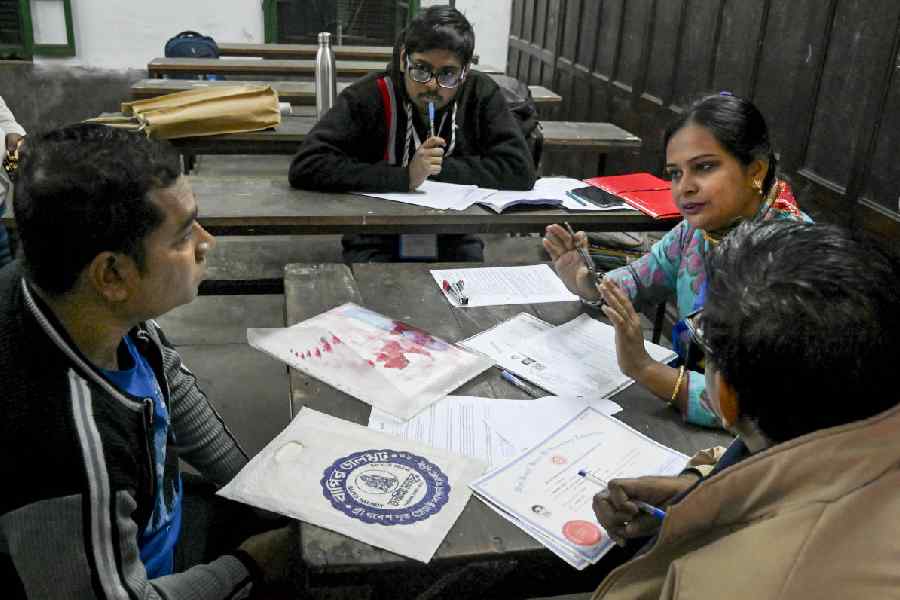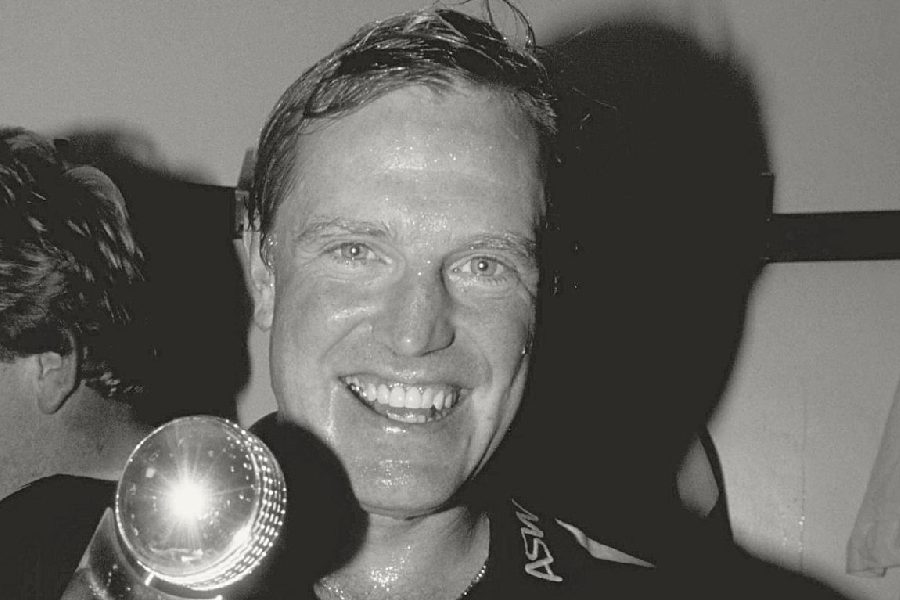|
|
Letters, numbers. The alphanumeric combinations we are advised to use in our passwords underlie all high civilizations. But according to A Mathematician’s Apology (1940) by G.H. Hardy, who invited S. Ramanujan to Cambridge, “Archimedes will be remembered when Aeschylus is forgotten, because languages die and mathematical ideas do not. ‘Immortality’ may be a silly word, but probably a mathematician has the best chance of whatever it may mean.” Hardy was defending pure maths from what he perceived as the crass utilitarianism of applied maths, but are numbers really more permanent than letters?
His statement reminds me of the Einstein-Tagore dialogue, in which the scientist insisted that “truth” would continue to exist empirically in man’s absence, whereas the artist countered that it could not, simply because the parameters defining truth, having been invented by man’s consciousness, would cease to exist if man did not. Do the numerals 0 to 9 exist independently outside planet earth, which undiscovered intelligent species know and understand?
Hardy also suggested that maths has a beauty equal to poetry or painting, which in itself implies an aesthetic equality rather than superiority, while opening up modes of non-literate human communication, like fine arts, for scrutiny along these lines. For instance, pictographs as symbolic signifiers, older than letters or numbers in social intercourse, eventually integrated into painting. Or body language, famously codified into the system of mudras by classical dance. Or tones and rhythms, like African talking drums, evolving into complex music.
Putting all these five aspects of cognition into one artwork was the ambitious goal of Complicité’s A Disappearing Number, the stage event of the year that wowed Mumbai and Hyderabad last month. Theatre does not rely ostensibly on numbers in its craft, utilizing the other forms instead: physical performance, written text, visual art and musical score. By deciding to direct the Hardy-Ramanujan relationship, Simon McBurney embarked on perhaps his biggest challenge to date. Little wonder that it took ten years to complete. Since the friendship had its basis in maths, he wanted to express the arcane intricacies of that discipline to spectators — not sweeping those esoteric details behind the wings as in other plays on science like Proof or Copenhagen.
Few companies have equally strong credentials for this kind of project. A movement-oriented, text-reduced ensemble that devises its scripts collectively, Complicité has become one of the top troupes in England for its technological innovations as well, co-opting digital multimedia with an ease that leaves the few Indians in the same field looking abysmally amateurish, their ideas imposed from the outside just to jump on the cyber bandwagon. Only Nissar Allana’s designs in Delhi come close, but they (like Complicité’s) are expensive. More of that later.
Bearing as motto Hardy’s observation about the pattern in maths — a truism, for all humanity seeks the pattern in everything — Complicité creates one by splicing the Hardy-Ramanujan story with a fictitious couple in the present. A British lady professor who reveres Ramanujan and an Indian-American hedge-fund marketer (the numbers game) fall in love; as a mark of respect for Ramanujan’s roots, she flies to Chennai where she suddenly dies, paralleling her icon’s premature death due to TB. Two sub-plots appear: her husband tries to get her phone transferred to his name with the help of an Indian call-centre operator, “Barbara”; and the play’s narrator, an Indian physicist, accompanies him to the banks of the Kaveri for the final rites. One comic, dealing with numbers again; the other serious, heading toward infinity. Too schematic a pattern? But then McBurney stresses mathematical convergences and divergences repeatedly.
I did think that Ramanujan deserved more space, that Complicité seemed pressured to contemporize the play, but they certainly made mathematical infinity more accessible as a concept. That infinity can move in different directions, not just forward but backward (to the past as well as to the future in a continuum), and even that an infinite quantity of numbers lies between two whole integers. The constantly disappearing trait of infinity — the more we approach it, the further it goes away — sums up our metaphysical quest in life. Like the perpetual series beginning 1+1/2=, 1+1/2+1/4=, 1+1/2+1/4+1/8=, in which the total will never add up to 2 because the last fraction eternally defers that fulfilment.
Numbers form the building blocks for technology, too, which Complicité exploited visually through seamless computer projections, from front, back and top, comprising video clips, to live feed to document visualizers in deliberately class-lecture idiom. Unlike Indian productions in which screen and stage remain separate components, the cast here fluidly interacted with the video like clockwork, virtually entering the huge screens that flipped over as the projections rolled on, displaying the illusion of depth of field, those actors living on as image-echoes that receded frame by frame into the background.
An engineering student of Birla Institute of Technology and Science, Pilani, who studied theatre under me and interned on the India tour, testified to the magical yet precision work backstage. Like the Rolling Stones, Complicité travels with its entire equipment (seventy trunks full) so that the crew does not have to adjust to strange technical conditions in limited time. Bhargav Rani, my inside man, told me that Complicité installed five projectors, two of which also had remote cameras that fed the stage action onto the screens. Projection itself involved 300 cues. The Hyderabad stage posed problems for their motor-automated screens, but Complicité’s technicians improvised a solution with “basic engineering concepts and some common sense,” as Bhargav put it.
Hi-tech wizardry, but does theatre really need it? The set ultimately dwarfed the actors. Half the pictures, whether of Cambridge or Chennai or the Kaveri, merely served as colourful backdrops, a 21st-century counterpart of 19th-century painted scenery. Beckett would have screamed, “For God's sake! This craze for explicitation!” (Catastrophe, 1982). And at what cost? Numbers also mean finances. The crores that the International Congress of Mathematicians (who brought the play to Hyderabad), British Council and Prithvi Theatre magnanimously shelled out to facilitate Complicité’s trip would have made Tagore reiterate, “The cost which is incurred for mere accessories on the stage in Europe would swamp the whole of histrionic art in famine-stricken India” (The Stage, 1913, the year before Ramanujan arrived in Cambridge). Is less really more? Is more really less?
A British company can justify such budgets in an economy like that of the UK, but it embarrasses sensitive Indians. I would have preferred that Complicité left their kits behind and did an unplugged show like on their first visit to Prithvi in 2005. Realizing the small scale of the venue, they stripped Measure for Measure down to a reportedly amazing performance, as good as their regular one. In 2010, however, they did not live up to their worldwide reputation for “surprising, disruptive theatre”, “dangerous and always unexpected” (phrases from their own PR). They did not take the kinds of artistic risks that hefty financial support should have permitted them to, leaving us to conclude that the latest technology alone does not guarantee great art.
By utter fluke — or call it the convergence of calendar numerals — I saw an American documentary monologue on technological advances in our times, staged in a diametrically opposite manner to Complicité. Mike Daisey, a journalist-storyteller, presented The Agony and the Ecstacy of Steve Jobs, directed by his wife, Jean-Michele Gregory, on a five-city tour. Complicité occupied the nearly 2000-seat Global Peace Auditorium in Hyderabad; Daisey took the tiny Rotary Sadan hall in Calcutta. Theatre groups in both cities avoid these extreme venues. Complicité’s spectacular set conformed to the layout of a conference session; Daisey used a simple table and chair, on which he sat like a teacher in class for the full 100 minutes. He proved my point, that a good performer needs no audiovisual paraphernalia at all to bolster him, that we grant all concessions of the imagination to enable person-to-person communication if the content and style can grip us.
Daisey, an improvisatory specialist, began by relating ironically his experiences in India, whose lifestyle he termed an art form in itself, and then his frustration at bandwidth deprivation, compared to web pages loading instantaneously in his homeland. The time taken here made him reflect whether he required the internet at all. Coming to Calcutta, he marvelled at the traffic, which he likened to a large river inexorably if slowly moving to its destination. Complicité, too, had depicted Chennai's traffic, but with projections of streets flashing by, as three men on chairs imitated a bumpy auto-rickshaw ride: a hackneyed scene in Indian theatre. Daisey conveyed it all simply with his hands curved and inching forward alternately, to show individual initiative in pushing ahead, without which Calcuttans would remain stuck in the same place eternally, he surmised.
Already he had introduced his subject of state-of-the-art technology, and its deficiency in India. He moved on to his own status as a gizmo geek, a nut especially for Apple gadgets. He relived the grand theatrical keynote launches of new equipment by Steve Jobs, anticipated with drooling desire by thousands like him. He then narrated how his love made him go to Shenzhen, the Chinese city near Hong Kong that makes a major portion of the consumer electronic products (including Apple’s) sold anywhere in the world. Gradually his agenda dawned on the few of us in the audience.
China had converted Shenzhen, a sleepy fishing village 30 years ago, into a space-age special economic zone containing all the factories making these goods. Daisey entered one of the largest, Foxconn, which owned a sprawling campus surrounded by high walls guarded by sentries armed with submachine guns. Its three lakh employees, including children, worked unacceptably long shifts doing the same mechanical job on the assembly line, like Chaplin in Modern Times. They ate the same food in cafeterias on the premises and slept in cramped bunk beds. All about numerical efficiency. They earned enough, but in what living conditions? The suicide rate forced Foxconn to erect safety nets to pre-empt labourers from jumping to their deaths. Afterwards, I asked Daisey if he had exaggerated anything for effect. He assured me that he was reporting fact.
Look under your laptops for the manufacturing labels. We cannot live without the equipment made in these sweatshops. Without it I cannot compose this article and email it to The Telegraph. They create every conceivable technology, and Daisey hectored us that the American and other corporates know very well what goes on inside, but they profit by mercilessly chewing up the manpower underneath them (like the materialistic machine in Tagore’s Rakta-karabi, where the slave-driven excavators have numbers, not names), and so they look away. Daisey quotes two proverbs. One Chinese: “If you have money, you can make the ghosts and devils turn your grindstone.” The other American: “If you want to enjoy a good steak, don’t visit the slaughterhouse.”
Daisey may be a bleeding-heart liberal. But I recognized him as the man full of righteous indignation who mounts a soapbox in Berkeley, California, railing fire and brimstone at social injustice. I recognized him as the inheritor of the tradition of American evangelism, riveting and persuading listeners with the sheer passion of his beliefs and power of his delivery. This was nonfictional but pure performance, solo but forceful, opinionated but convincing, compelling you to think about human inequalities. Dangerous and disruptive in their most positive senses.
What do I do with my MacBook? I feel like exchanging it for one assembled in a non-SEZ Indian factory that follows humane codes of employment, even if it costs more. But no such option exists. Then I remember Daisey ending his harangue by warning that once expenses in China rise, as they must, the MNCs will come to India. We know that some have already arrived. Is our disappearing number up?












